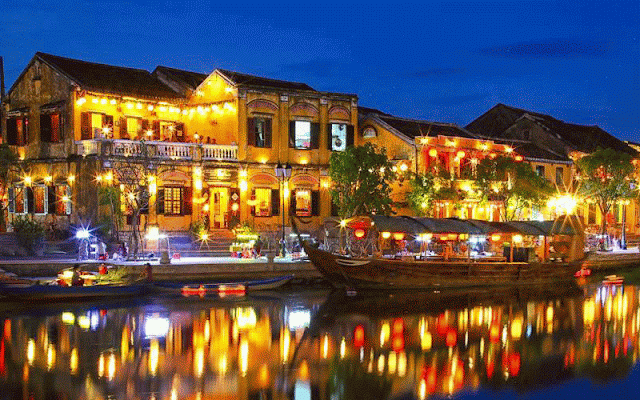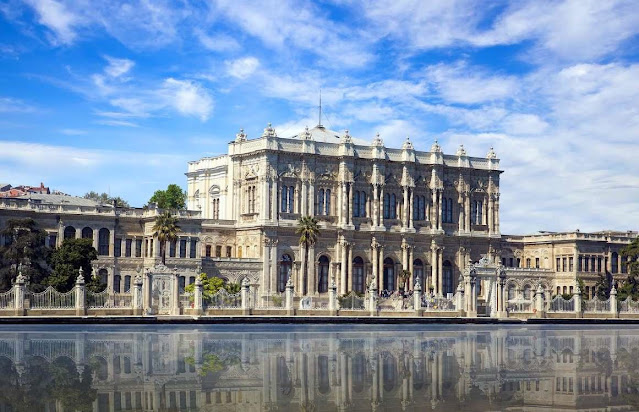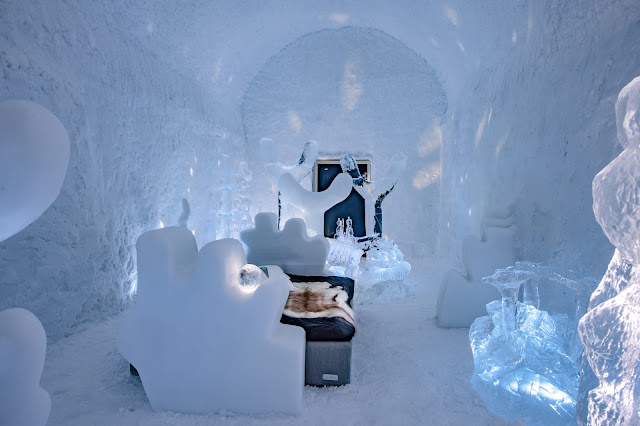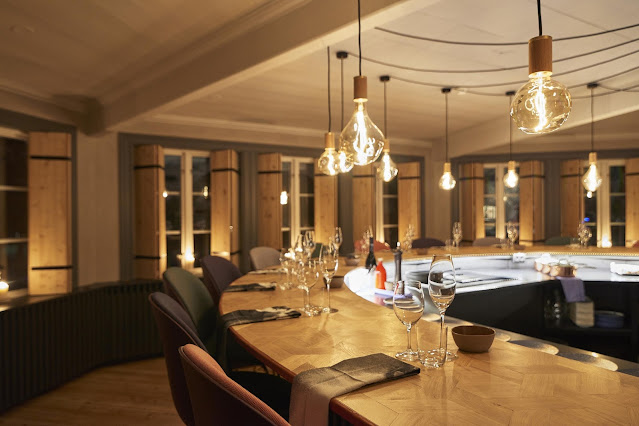Vietnam owns many beautiful scenics, modern architecture, and long culture that contribute to attracting many foreign tourists to visit. Here is the province in Vietnam favored by international tourists.
You may also like:
The banks of the Lo river and foggy mountain ranges surrounding it in Ha Giang are described as a place where "time is stoping". Craggy mountain passes in Ha Giang attract believers who passion a strong feel. This northern province is the living region of many minorities. Tourists can discover cultural heritages in the Dong Van town or immerse themself into mountainous market sessions full of excitement. Photo: Le Vinh De
Read more:
- Series of beautiful check-in spots to 'drag' young people to Ha Giang and Sa Pa
- 7 check-in places in Ha Giang buckwheat flower season
Cao Bang owns the poetic scenics of lush hills, gentle valleys, and grand waterfalls. This region is the living space of many ethnic minorities. Here markets have enough items bearing the bold own nuance of each ethnicity. Cao Bang is the place tourists have a chance to experience the daily life of mountainous people in Vietnam.
Read more:
- 3 picturesque check-in points in Cao Bang
- Cao Bang is in the top 50 most spectacular sightseeing places in the world
The Ha Noi capital impress by its beautiful and ancient architectures, and friendly people. It also attracts tourists by its vivid street cuisine culture and diversified delicious dishes offering counters. Tourists can seat in sidestreet shops and sip a glass of ice coffee, and enjoy bread. Photo: Vu Minh Quan
Read more:
- 5 homestays locate quietly in the heart of Ha Noi
- Sword Lake - the destination can not to be missed in Ha Noi
Tranquil nature landscapes allure tourists to discover the countryside scenic of Ninh Binh province. Located next to limestone mountains, the Trang An scenic is likened to a "Halong Bay in the land". Besides, the gracefulness of the yellow paddy fields of the Tam Coc also impresses to unforgettable for international tourists.
Read more:
Da Nang is the place that tourists experience memorable relax days. You can call at the My Khe beach to emerge into a lively atmosphere and participate in exciting underwater sports activities. If you like a quiet space, you should come to the Lang Co beach, where has shadows of trees and glassy water, along with waves slightly slapping the fine sand beach.
Read more:
- The most beautiful beaches in Da Nang for you enjoying this summer
- The set of night photos makes tourists wish Da Nang to 'stay up late'
Hoi An city (Quang Nam) is surrounded by channels, shops, pagodas, and ancient manors. Not only famous for its attractive architecture and colorful neighborhoods, but Hoi An also attracts tourists with delicious dishes. Tourists can call at riverside restaurants or vendors in the street to try the taste of unique specialties.
Read more:
- Calmness in Hoi An - the best tourist city in the world
- Answer to the walls bringing the color of time in Hoi An
Located in the north of the highland, along the Dakbla river, Kon Tum is a peaceful land with a cool climate. The traffic system inland is convenient that helps you move easily to destinations. Here is a suitable stopover for foreign tourists who want to explore one of the unique traditional cultural features in Vietnam. Photo: Nguyen Thanh Tinh
Read more:
- Discover the cultural space of the Central Highlands gongs
- Golden rice season on the "foggy country" Mang Ri
The beach city of Nha Trang (Khanh Hoa) has a stretch beach attracting tourists with a diverse marine system, clean water zone, and coral reefs. Besides, Nha Trang also converges architectures and temples of the Cham ethnic, and catholic churches as well. The surrounding of the city is famous for its nice waterfall and natural hot springs.
Read more:
Located in the south of highland, Da Lat city (Lam Dong) attracts tourists by its cool and pure climate. Here is a suitable destination for couples to get romantic unforgettable holidays. Coming to Da Lat, tourists also experience many activities such as mountain biking, walking through mountains, camping...
Read more:
HCM City outstands with old alleys, where concentrate foreigners living and working, as well locals and tourists. Coming here, you can visit the Independence Palace, the famous work with a modern design. At the night, the city becomes bustling more as tourists and local people gather on crowded streets for entertainment, enjoying cuisines. Photo: Vovworld
Read more:
- The 10 venues attracting foreign tourists in HCM City
- 4 homestays near Bui Vien west street attract tourists to call at
Vung Tau is the last point favored by many people in the south of the country. Tourists can come here by hydrofoils from HCM city to relax for short days, spending some nights to enjoy holidays and discovering cuisines. Vung Tau beach is a crowded destination with many lively entertainment activities.





























































